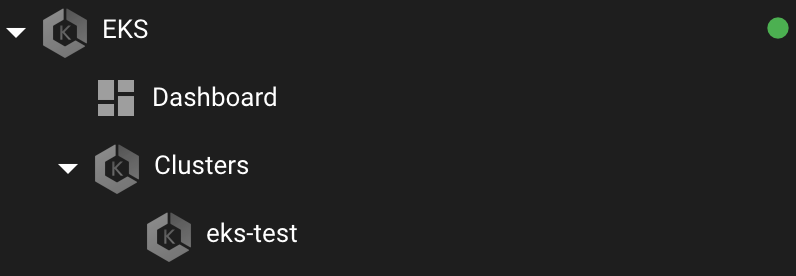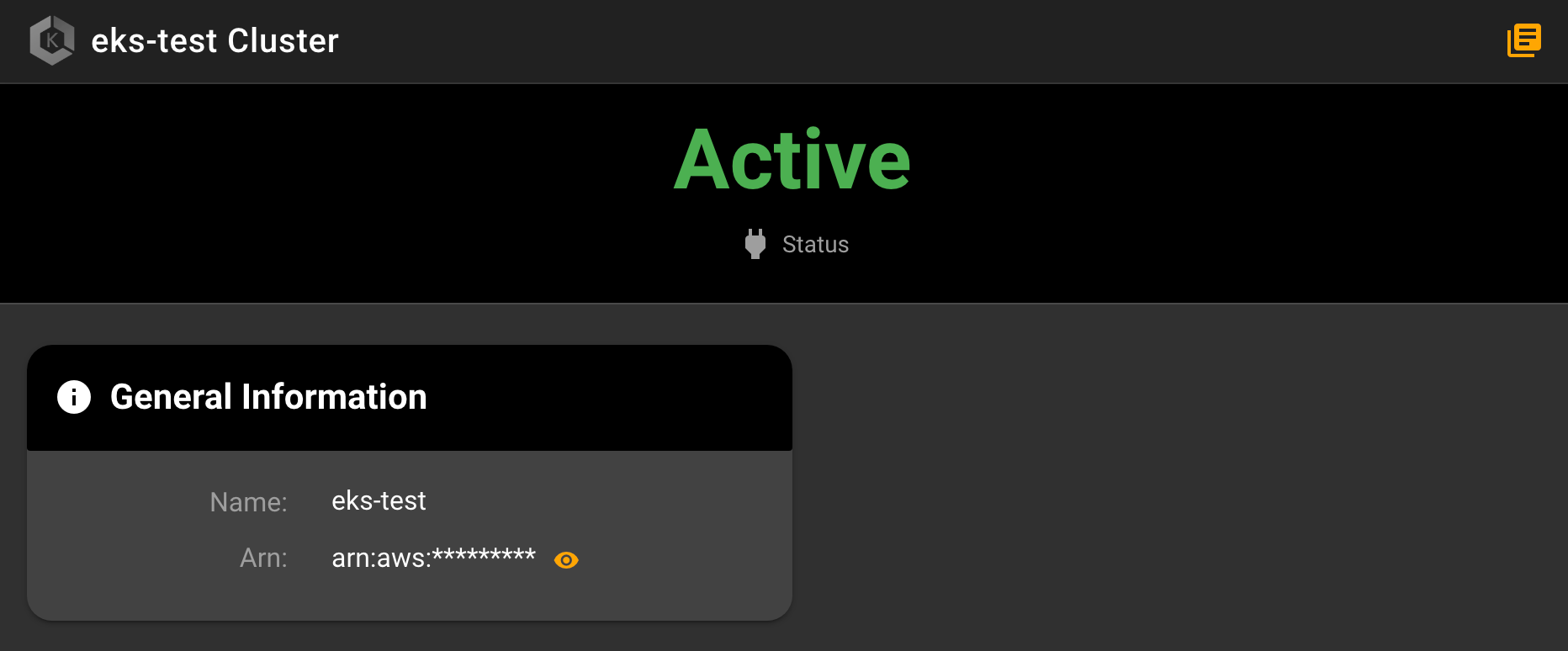EKS - Elastic Kubernetes Service
# EKS - Elastic Kubernetes Service
To appreciate the EKS capabilities we need to view it in the context of containers and Kubernetes.
# Containers
Containers allow for packaging an application along with its runtime dependencies.Each container that you run is repeatable and has all dependencies included that are needed to run an application (the code and any runtime it requires, application and system libraries, and default values for any essential settings) which means that you get the same behavior wherever you run it. Containers decouple applications from the underlying host infrastructure, thus making deployment easier in different cloud or OS environments.
# Kubernetes
Kubernetes is a portable, extensible, open-source platform for managing containerized workloads and services (first announced by Google in 2014), that facilitates both declarative configuration and automation. It has a large, rapidly growing ecosystem. Kubernetes services, support, and tools are widely available. A Kubernetes cluster consists of the components that represent the control plane and a set of machines called nodes.
# Elastic Kubernetes Service (EKS)
Elastic Kubernetes Service (EKS) stands for Elastic Kubernetes Service, which is an Amazon offering that helps in running the Kubernetes on AWS without requiring the user to maintain their own Kubernetes control plane. It is a fully managed service by Amazon.
Amazon EKS automatically detects and replaces unhealthy control plane instances, restarting them across the Availability Zones within the Region as needed. Amazon EKS leverages the architecture of AWS Regions in order to maintain high availability.
Below you can see viewing your EKS clusters in the side navigation of Commandeer.

And drilling down into the cluster.

# Conclusion
AWS has an exciting offering for Kubernetes. We provide an easy way to view your setup.
